A beloved gathering spot and an emblem of resilience during the civil rights movement, this ancient South Carolina live oak is poised for an exciting future Photo: Courtesy of Lowcountry Land Trust The Angel Oak on Johns Island, South Carolina. As a student at the College of Charleston in South Carolina, Samantha Siegel drove almost every day to Johns Island to sit beneath the
Archives
Two days after its new phase, the moon will make a close pass to Jupiter in the evening sky while the summer constellations will be rising. An illustration of the new moon of May 2025 near the sun on May 27. (Image credit: Chris Vaughan/Starry Night) The new moon of May occurs on May 26. Two days later the moon will make a close pass to Jupiter in the evening sky, and
We have already written about a newly discovered giant sinkhole in China that has a primeval 'lost world' inside, but this one takes it to another dimension. Imagine a sinkhole so deep it takes half a day or more to hike from top to bottom and back. That's the reality of Xiaozhai Tiankeng, also known as the Heavenly Pit, the world's deepest sinkhole. Located in Fengjie County, China, this awe-
Chaitén Volcano in southern Chile erupted on May 2, 2008, for the first time in 9,000 years. NASA satellites that monitor changes in vegetation near volcanoes could aid in earlier eruption warnings. Credit: Jeff Schmaltz, MODIS Rapid Response Team, NASA Goddard Space Flight Center Trees near volcanoes might be the early warning signs scientists have been looking for — and now, they can
In the grand theater of nature, where towering trees and vibrant flowers often steal the spotlight, an unexpected hero has emerged from the shadows. Moss, the humble green carpet that blankets our world, is finally getting its moment in the sun. Recent scientific discoveries have unveiled the crucial role these tiny botanical wonders play in ecosystems worldwide, proving that sometimes, the mighti
At evening dusk – May 23, 24 and 25, 2020 – find an unobstructed horizon in the direction of sunset, and watch for the young moon, plus the planets Mercury and Venus, to pop out in the deepening twilight. From many places worldwide, it’ll be tough to spot the whisker-thin lunar crescent beneath Venus and Mercury on May 23, because the moon will be out only briefly after sunset. It’ll be
For North Americans, this is an eye-catching sight, visible even from brightly lit cities. See the moon shine between Venus and Saturn on May 23. (Image credit: Chris Vaughan/Starry Night) Should your local weather forecast suggest that Friday morning — the start of the Memorial Day Holiday Weekend — will be fair and clear, it will be well worth setting your alarm cloc
Each Monday, I pick out North America’s celestial highlights for the week ahead (which also apply to mid-northern latitudes in the Northern Hemisphere). Check my main feed for more in-depth articles on stargazing, astronomy, eclipses and more. The Night Sky This Week: May 19-25, 2025 As the moon continues to wane from being full last week, the night skies darken e
With its bulbous shape and a canopy that resembles an upside-down root system, the baobab tree is an iconic symbol of the African continent. Its origins are also the stuff of legend…literally. Along the Zambezi River, some tribes believed that one day their gods became angry, ripped the baobab from the ground, and tossed it up into the air, resulting in its inverted-like appearance. In another
ednesday, May 21 Virgo the Maiden is draped across the southern sky late this evening, offering excellent views of a famous galaxy within its bounds: M104, also known as the Sombrero Galaxy. Glowing at magnitude 8, this edge-on spiral is some 30 million light-years from Earth. It boasts a thin, dark dust lane that blocks light across its center, which has earned it the name Sombrero. This stru

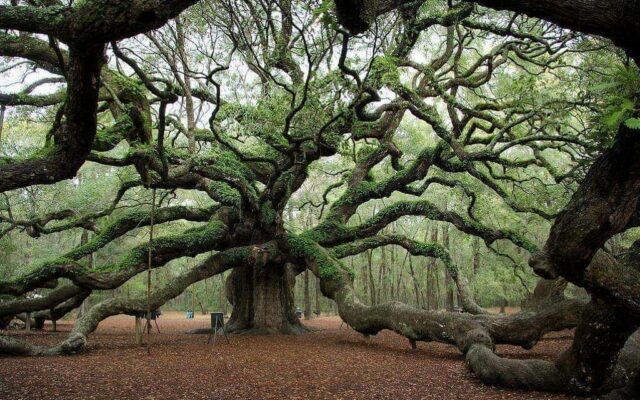
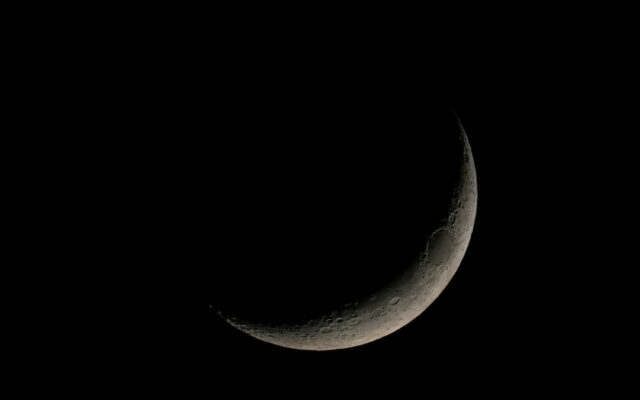
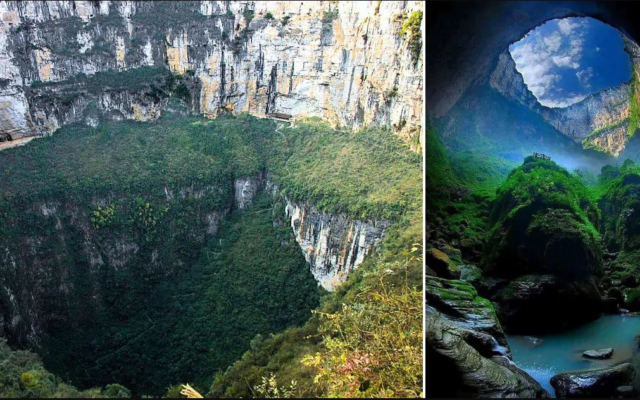
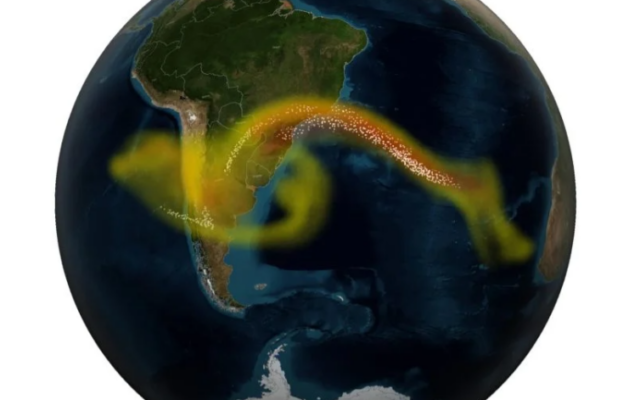
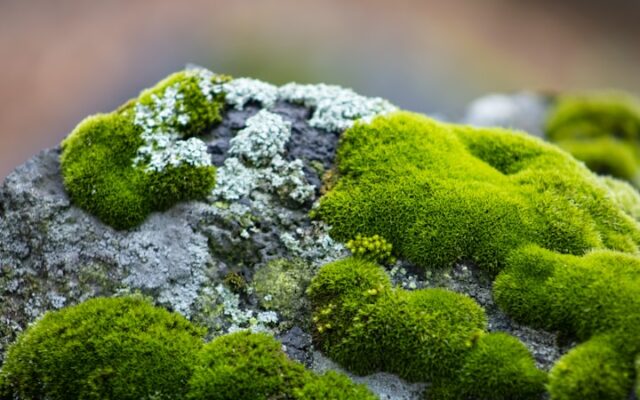
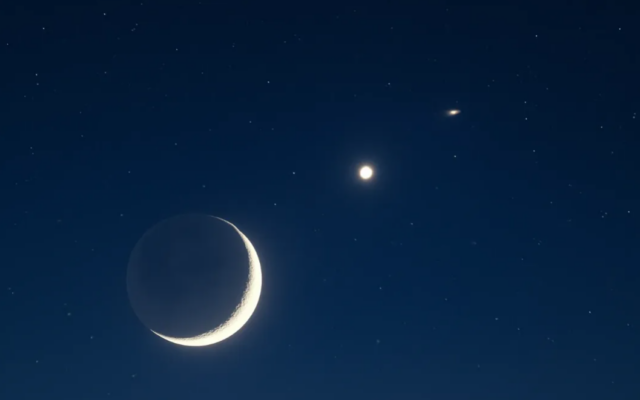
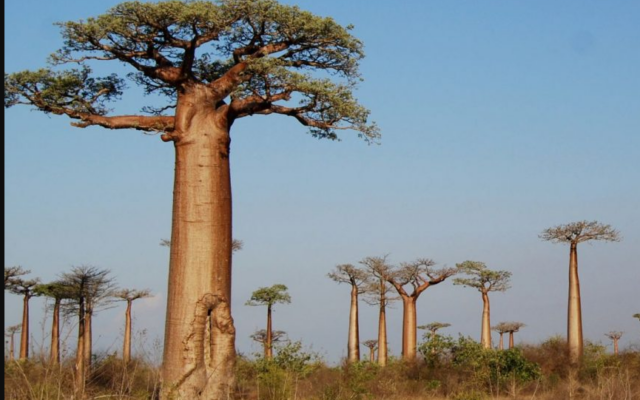
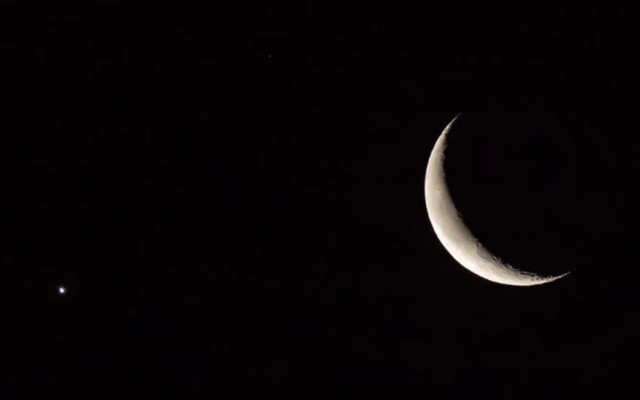
 Photographer Finds Locations Of 1960s Postcards To See How They Look Today, And The Difference Is Unbelievable
Photographer Finds Locations Of 1960s Postcards To See How They Look Today, And The Difference Is Unbelievable  Hij zet 3 IKEA kastjes tegen elkaar aan en maakt dit voor zijn vrouw…Wat een gaaf resultaat!!
Hij zet 3 IKEA kastjes tegen elkaar aan en maakt dit voor zijn vrouw…Wat een gaaf resultaat!! 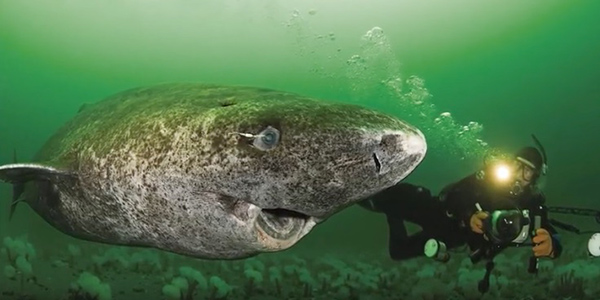 Scientists Discover 512-Year-Old Shark, Which Would Be The Oldest Living Vertebrate On The Planet
Scientists Discover 512-Year-Old Shark, Which Would Be The Oldest Living Vertebrate On The Planet  Hus til salg er kun 22 kvadratmeter – men vent til du ser det indvendigt
Hus til salg er kun 22 kvadratmeter – men vent til du ser det indvendigt  Superknepet – så blir snuskiga ugnsformen som ny igen!
Superknepet – så blir snuskiga ugnsformen som ny igen! 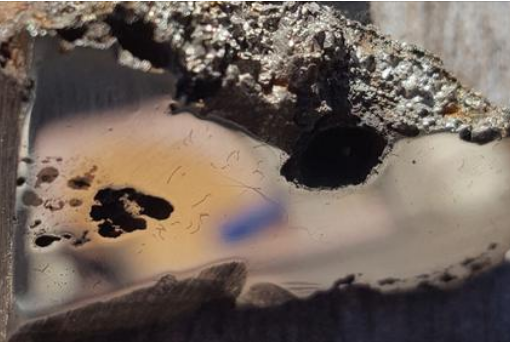 Meteorite That Recently Fell in Somalia Turns Out to Contain Two Minerals Never Before Seen on Earth
Meteorite That Recently Fell in Somalia Turns Out to Contain Two Minerals Never Before Seen on Earth  Nearly Frozen Waves Captured On Camera By Nantucket Photographer
Nearly Frozen Waves Captured On Camera By Nantucket Photographer 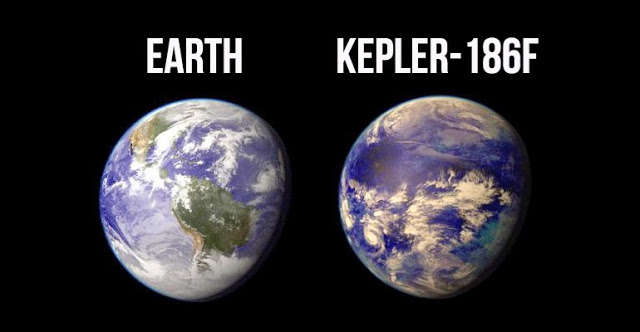 It’s Official: Astronomers Have Discovered another Earth
It’s Official: Astronomers Have Discovered another Earth 